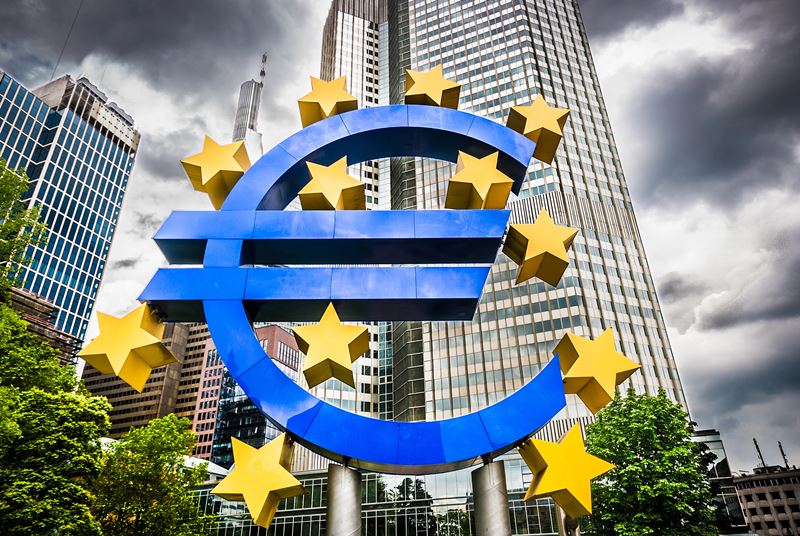US Winemakers Face Stiffer Competition as European Rivals Get Cheaper
How ECB Rate Cuts Could Shake Up the Wine World
2024-04-12

The swirling dynamics of the wine market, often as complex and varied as the wines themselves, are poised to take a curious turn thanks to the latest murmurs from the European Central Bank (ECB). Word on the vine is that the ECB may cut interest rates in June if inflation continues its downward trend. This potential shift comes at a time when U.S. rates are holding steady, setting the stage for what could be a robust dollar versus a softer euro. Such a financial landscape can deeply influence the international wine market, particularly affecting trade between the major European producers—France, Italy, and Spain—and markets heavily swayed by the dollar.
Economic Ripple Effects of Currency Fluctuations
For starters, the ECB's hinted-at rate cut, after a period of keeping rates high to curb inflation, could lead to a weakened euro. This scenario benefits European wine exporters by potentially making their products more wallet-friendly in dollar-dominated markets like the U.S. However, this silver lining isn't without its clouds. In the short run, while dollar price tags might look more appealing, the earnings brought back home in euros might shrink, complicating profit pictures for producers.
The Impact on France, Italy, and Spain
Let's zoom in on France, Italy, and Spain—titans of the wine world. France, with its globally revered labels often seen swirling in high-end market segments, might not feel the currency swings as acutely when it comes to consumer purchasing decisions. Quality, after all, often trumps cost. However, for Italy and Spain, which cater to a broader and often more price-sensitive market, a weaker euro could boost their export game, particularly in price-sensitive American markets.
America's Reaction
Over in the Americas, wine drinkers might find themselves sipping on European vintages that offer more bang for their buck. This is especially pertinent as the dollar holds strong, enhancing the purchasing power of American consumers. While this might sound like a win for wine lovers, it's a bit of a pickle for local producers in places like Chile, Argentina, and the U.S. themselves, who could face stiffer competition from these more affordably priced European imports.
It's crucial to remember that any move by the ECB doesn't happen in isolation. The global financial markets' reactions, the economic and political responses from other major economies, and the inflation trends within the eurozone are just a few of the variables that could tweak the expected outcomes. Moreover, maintaining price stability in the eurozone—a key ECB goal—remains a question mark and could influence future monetary policy decisions.
In wrapping up, while European wine producers and exporters might see a weakening euro as a ticket to increased international shelf space, the long-term implications of such monetary adjustments necessitate vigilant monitoring. The wine industry must not only ready itself to capitalize on the opportunities these currency fluctuations might uncork but also to navigate the potential challenges they pour forth.
Founded in 2007, Vinetur® is a registered trademark of VGSC S.L. with a long history in the wine industry.
VGSC, S.L. with VAT number B70255591 is a spanish company legally registered in the Commercial Register of the city of Santiago de Compostela, with registration number: Bulletin 181, Reference 356049 in Volume 13, Page 107, Section 6, Sheet 45028, Entry 2.
Email: [email protected]
Headquarters and offices located in Vilagarcia de Arousa, Spain.